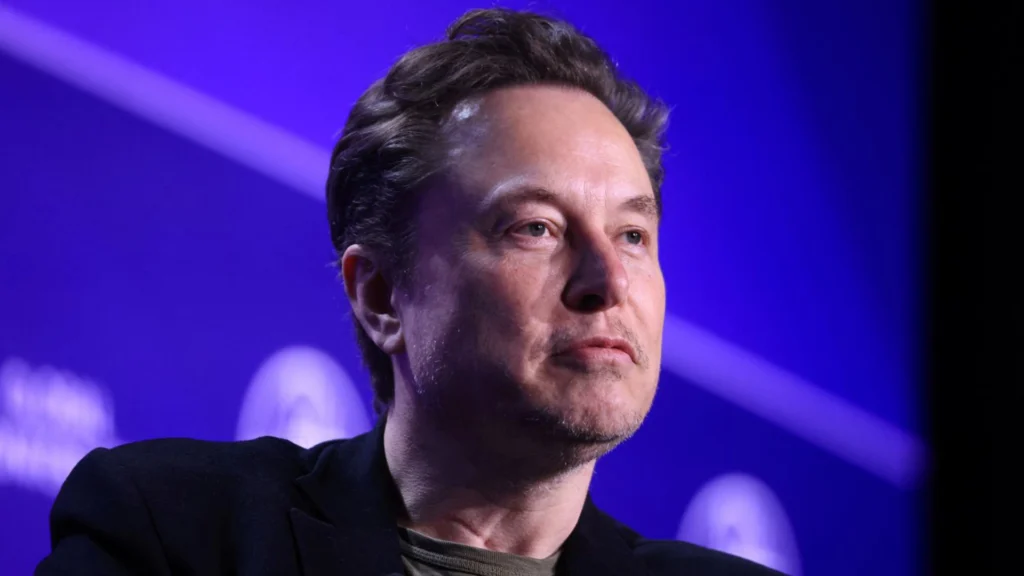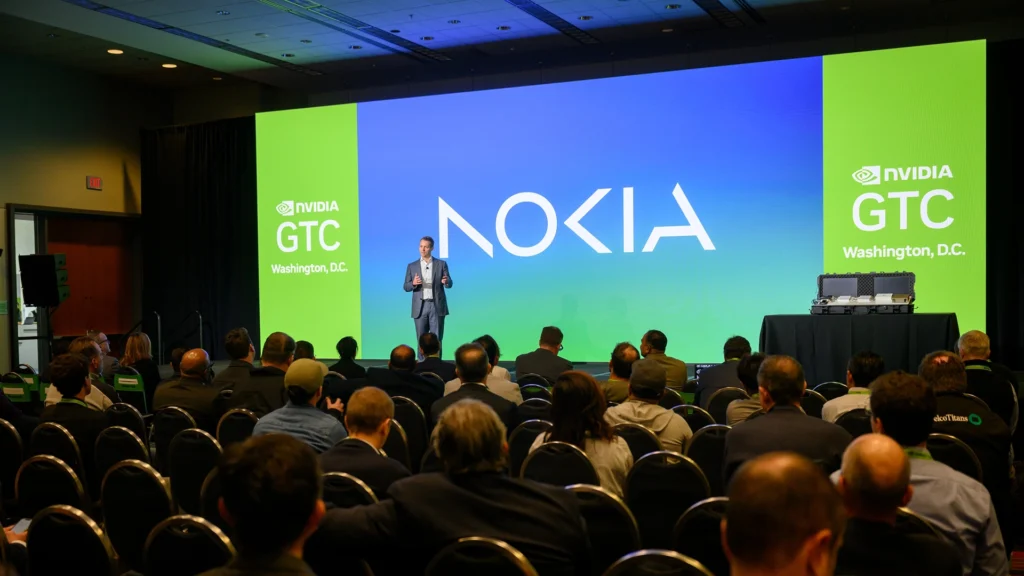Tesla investors have approved a new CEO compensation plan that board allies say is designed to keep Elon Musk focused on the company during the most capital-intensive phase of its AI, robotics, and energy strategy.
The vote clears the way for a performance-based award that outside analysts estimate could be worth as much as $1 trillion over a decade if Tesla meets aggressive market‑cap and operating milestones.
Highlights
- Shareholder approval: Investors passed Tesla’s 2025 CEO Performance Award at the 6 November meeting, despite strong opposition from proxy advisers.
- Structure and scale: The plan centers on up to ~423.7 million performance-based shares that vest only if Tesla hits multi-year targets in market value and fundamentals.
- The “trillionaire” math: If all tranches vest and Tesla achieves the proposed market‑cap path toward $8.5 trillion, Musk’s holdings could approach a 12-figure mark across Tesla and his other assets.
- Governance split: ISS and Glass Lewis urged a “no” vote, citing dilution and concentration of control, but a majority of shareholders sided with retention and execution risk arguments from the board.
- Next step risks: Expect legal challenges and continued debate over dilution, Texas corporate law protections, and Musk’s time across Tesla, SpaceX, and xAI.
What Exactly Was Approved
Tesla’s 2025 CEO Performance Award is a no-salary, no-cash-bonus package that pays out only in equity if stringent hurdles are met. This is a framework for performance-based restricted shares that vest as Tesla’s market capitalization scales and it hits operational goals over roughly 10 years.
Unlike the 2018 plan that Delaware’s Chancery Court voided, Tesla is now incorporated in Texas, a shift the company argues improves legal certainty.
Key mechanics at a glance:
- Vesting tied to market‑cap milestones that reportedly escalate toward $8.5 trillion, plus profitability and growth metrics.
- No guaranteed payout: shares vest as milestones are achieved; otherwise, they do not.
- Potential dilution: the award could expand Tesla’s float materially if fully vested, raising cost‑of‑capital and index‑weighting questions.
Why It Matters for Markets and Governance
Retention vs. dilution
The board’s case is straightforward: the cost of losing Musk’s full attention during Tesla’s transition to autonomy, energy storage, and humanoid robotics exceeds the dilution from the plan. Critics counter that any package large enough to lift Musk’s stake toward or above ~25% could entrench control and weaken minority protections.
The shareholder vote signals that, at least for now, investors prioritize execution continuity over dilution fears.
A bet on AI and robots, not just EVs. The package arrives as Tesla argues its core value creation will come from autonomy, Optimus robotics, AI training, and energy systems, not only vehicle unit growth. Tying compensation to multi‑year value creation aligns with that thesis, but it raises the performance bar to unprecedented heights.
The Trillionaire Path and the Caveats
The “first trillionaire” framing is conditional, not guaranteed. It assumes:
- Tesla reaches staggered market‑cap thresholds up to $8.5 trillion, and Musk’s new shares vest accordingly.
- Musk’s existing holdings in SpaceX and xAI continue to appreciate.
- No significant dilution or divestitures offset the equity gains.
Even supporters concede several hard constraints: grid power and compute supply for AI training, regulatory timelines for robotaxi deployment, and macro risk to capital markets. The package is therefore a road map, not a windfall.
What the Proxy Advisers Argued
- ISS warned of excessive size and unbalanced terms that could reward partial achievement at outsized scale, while questioning Musk’s divided focus across ventures.
- Glass Lewis echoed concerns about dilution and control, urging a “no” vote and opposing a separate retail proposal for Tesla to invest in Musk’s xAI.
The board replied that Musk’s no‑cash structure and contingent vesting closely align incentives with long-term shareholder value, and that failure to retain him would be a far greater risk.
Industry Insights: What Boards and Allocators Should Watch
- Founder‑control premium: Expect more companies to explore performance‑share mega‑awards to retain star founders during the AI buildout. The backlash from governance advisers will be intense; clear, auditable milestones matter.
- Index dynamics: If tranches vest, float and market cap effects could alter Tesla’s index weights, with knock-on flows for passive funds.
- Litigation watch: After Delaware’s 2018 voiding, plaintiffs will likely test Texas venue. Prepare for a long tail of procedural challenges and disclosure disputes.
- Capital intensity: Tesla’s pivot to autonomy and AI means heavier capex for compute, power, and manufacturing. The compensation plan is a signal that the board expects a multi-year investment cycle, not quarterly optimization.
What to Watch Next
- Court filings: Any immediate lawsuits challenging the vote outcome or plan terms.
- Tranche disclosures: Updated schedules that tie vesting milestones to transparent operating metrics.
- Musk’s time allocation: Evidence that Musk’s focus is shifting measurably toward Tesla’s autonomy and energy priorities.
- Market reaction: Options skew, passive‑flow rebalancing, and any rating or target‑price revisions that incorporate dilution assumptions.



